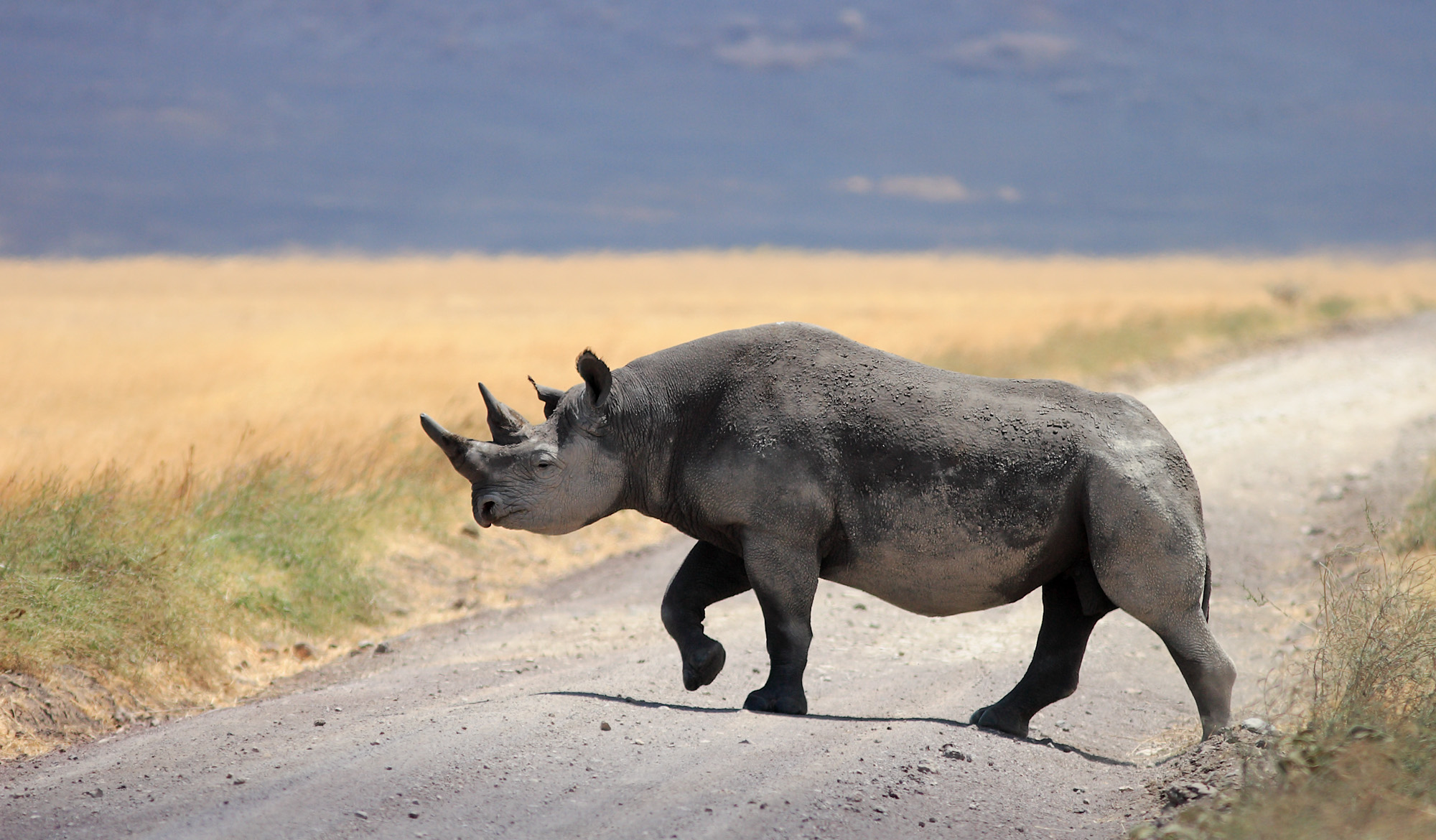- 8
- 16
- 2
- 17
- 10
- 5
- 17
- 4
- 4
- 11
- 1
- 7
- 23
- 1
- 1
- 9
- 2
- 1
- 7
- 5
- 3
- 2
- 2
- 1
- 20
- 1

The Ngorongoro Crater is one of the most remarkable natural wonders in the world, often referred to as the “Garden of Eden.” Located within the Ngorongoro Conservation Area, this vast caldera is the world’s largest unbroken, inactive volcanic crater—spanning over 260 square kilometers and forming a spectacular natural amphitheater teeming with wildlife.
A visit to Ngorongoro offers an unparalleled safari experience, where a wide variety of animals roam freely in a compact area, framed by breathtaking landscapes. From dense acacia forests and freshwater springs to alkaline lakes and open savannahs, the crater’s diverse habitats create one of Africa’s most rewarding game-viewing environments.
Diverse Wildlife
The crater is home to an astonishing array of animals, including elephants, lions, buffaloes, wildebeest, zebras, hyenas, and warthogs. With such an abundance of prey and predators in close proximity, Ngorongoro offers one of the best chances to see all of the Big Five in a single day. Over 500 bird species have also been recorded here.
The Crater Floor
Lakes and marshes draw in flocks of flamingos, while dense green plains support countless grazers. Forested slopes provide cover for big cats and elephants, while rivers and wetlands sustain hippos and aquatic birds. The scenery is as striking as the wildlife encounters.
Endangered Species
Ngorongoro is one of the last strongholds of the black rhinoceros, offering a rare opportunity to witness this critically endangered animal in its natural environment. Other threatened species, like cheetahs and the vulturine guinea fowl, also find refuge here.
Cultural Significance
The surrounding Ngorongoro Conservation Area is home to the Maasai people, whose traditional pastoralist way of life continues in harmony with nature. Visitors can engage in authentic cultural experiences through village visits, guided walks, or storytelling with Maasai elders.
Year-Round Game Viewing: Wildlife is abundant throughout the year due to the enclosed geography of the crater.
Dry Season (June – October): Ideal for clear skies and easier wildlife spotting near waterholes.
Green Season (November – May): The landscape transforms into a lush paradise, excellent for photography, birdwatching, and witnessing the calving season, when predator-prey interactions are at their peak.
Ngorongoro offers accommodation options for a variety of travel styles and preferences. We work only with select camps and lodges that uphold high standards of service, sustainability, and location.
Here’s how we classify our recommended properties within the Ngorongoro Conservation Area:
**Exclusive ***: Lemala Ngorongoro | Asilia The Highlands
**Upmarket **: Ngorongoro Lion’s Paw Camp
**Moderate *: Rhino Lodge
Each option allows easy access to early morning crater descents, which are key for the best wildlife sightings and avoiding the mid-morning rush.
Crater Game Drives – Descend into the caldera with a professional guide to explore its open plains, forests, and wetlands packed with wildlife. Morning game drives are especially rewarding.
Cultural Visits – Explore the traditions and customs of the Maasai in villages near the conservation area. Learn about their herding practices, social structures, and deep spiritual connection to the land.
Hiking and Nature Walks – Trek along the crater rim or into surrounding highlands for expansive views and encounters with birds, plants, and even giraffes and elephants.
Photography – With its dramatic landscape, incredible light, and dense wildlife populations, Ngorongoro offers some of the finest photography opportunities in East Africa.
At Ngotea Distinctive Safaris, we design deeply personalized and ethically guided safaris that bring you face to face with Ngorongoro’s natural and cultural richness. Our expert local guides know the crater intimately and ensure you enjoy not only unforgettable wildlife sightings but also insightful moments that reveal the soul of this unique ecosystem.
Our safaris can combine Ngorongoro with destinations such as Serengeti, Tarangire, Lake Manyara, and Zanzibar, offering a seamlessly curated Tanzanian experience.



